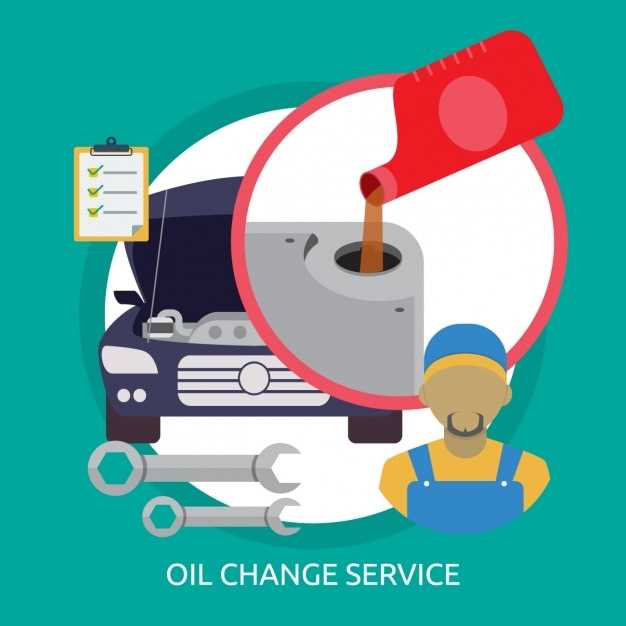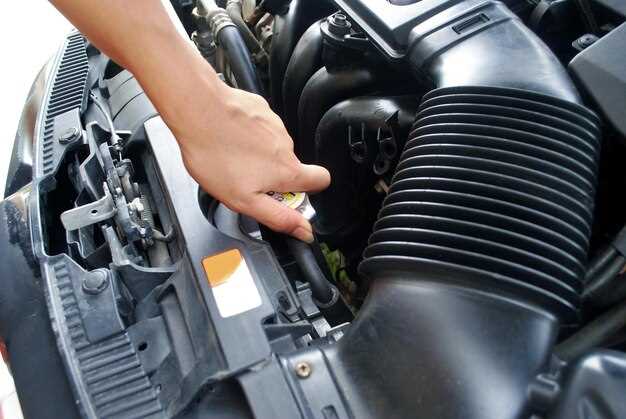
How to keep your engine clean and lubricated

Maintaining the health of your vehicle’s engine is crucial for its longevity and performance. One of the most effective ways to ensure your engine runs smoothly is by regularly checking and changing the oil. Clean oil not only lubricates the various components of the engine but also helps in removing dirt and debris that can accumulate over time. Without proper lubrication, engine parts can wear out quickly, leading to costly repairs.
In addition to changing the oil, you should also pay attention to the care of the engine itself. Regularly scheduled maintenance, including oil filters and coolant checks, plays a vital role in preserving engine cleanliness. By adhering to a maintenance schedule, you can prevent potential issues before they become major problems, ensuring that your engine remains in optimal condition.
Finally, understanding the type of oil best suited for your engine is essential. Different engines require different oil viscosities and additives to function effectively. Using the appropriate oil not only improves lubrication but also enhances the overall efficiency of your engine. Therefore, taking the time to educate yourself about engine care can lead to significant benefits in performance and vehicle reliability.
Choosing the Right Motor Oil for Optimal Performance

Selecting the appropriate motor oil is essential for maintaining your engine’s efficiency and longevity. The right oil not only ensures effective lubrication but also plays a crucial role in keeping your engine clean. Different vehicles and driving conditions demand specific types of oil.
Viscosity is one of the most important factors to consider. It refers to the oil’s thickness and its ability to flow at different temperatures. Always refer to your vehicle’s manual to find the recommended viscosity grade, which is typically indicated by a number followed by a ‘W’ (for winter), such as 5W-30. Choosing the right viscosity ensures optimal lubrication during both cold starts and high operating temperatures.
Another critical aspect is the oil formulation. There are three primary types of motor oil: conventional, synthetic, and synthetic blend. Conventional oil is derived from crude oil and is suitable for standard driving conditions. Synthetic oil, on the other hand, undergoes chemical processes to provide superior cleaning and performance benefits, making it ideal for high-performance vehicles or extreme driving conditions. Synthetic blends offer a middle-ground option, combining features of both types.
Always look for API (American Petroleum Institute) and ILSAC (International Lubricant Standardization and Approval Committee) certifications on oil containers. These labels indicate that the oil meets specific performance and quality standards. Using certified oil helps ensure that you provide the best care for your engine, keeping it clean and functioning smoothly.
In summary, the right choice of motor oil can significantly impact the performance and cleanliness of your engine. Regular oil changes and using the recommended oil type will lead to better engine care, reducing the risk of deposits and contaminants that can harm its components.
Methods for Regular Engine Cleaning and Maintenance

Keeping your engine in optimal condition requires regular cleaning and maintenance. Implementing effective methods can significantly enhance the performance and longevity of your vehicle.
1. Regular Oil Changes: Change your engine oil at recommended intervals. Fresh oil helps in lubricating the engine parts effectively while flushing out contaminants. Use high-quality oil that meets your vehicle’s specifications to ensure proper care.
2. Engine Degreasing: Using a specialized engine degreaser or a mixture of water and mild detergent, carefully clean the engine surface. Be sure to cover sensitive components before applying any solution. This will prevent dirt buildup and allow for easier identification of leaks.
3. Air Filter Replacement: A clean air filter enhances air intake and overall engine efficiency. Check the filter every few thousand miles and replace it if it shows signs of dirt or blockage. This simple maintenance task can make a noticeable difference in engine performance.
4. Cooling System Maintenance: Regularly inspect the cooling system for leaks and ensure that the coolant is topped off. A clean and properly functioning cooling system prevents overheating and protects engine components from damage.
5. Spark Plug Inspection: Periodically check your spark plugs for wear and carbon buildup. Replacing old or dirty plugs can improve fuel efficiency and engine performance. Follow your manufacturer’s guidelines for replacement intervals.
6. Timing Belt and Chain Maintenance: Check and replace the timing belt or chain according to the manufacturer’s schedule. A failing timing component can lead to severe engine damage, so proper care is crucial.
7. Engine Diagnostics: Utilize diagnostic tools to monitor engine health. Regular checks can identify potential issues before they escalate, ensuring that your engine remains in excellent condition.
In conclusion, implementing these regular cleaning and maintenance methods will not only improve the efficiency of your engine but also extend its lifespan. Prioritizing these practices is essential for any vehicle owner.
Signs That Your Engine Needs More Lubrication
Maintaining proper lubrication is essential for the longevity and performance of your engine. There are several indicators that suggest your engine may require additional oil. Recognizing these signs early can prevent severe damage and ensure your vehicle runs smoothly.
One of the most noticeable signs is an increase in engine noise. If you hear knocking or grinding sounds during operation, it can indicate inadequate lubrication. The absence of a sufficient oil layer causes metal components to rub together, leading to potential wear and tear.
Another warning sign is the presence of warning lights on your dashboard. Most modern vehicles are equipped with an oil pressure light that illuminates when oil levels are low or pressure is inadequate. Ignoring this alert can result in significant mechanical problems.
Moreover, if you notice an unusual drop in oil levels when checking your dipstick, it’s time to take action. Regular checking can help you identify inconsistencies that require immediate attention. Degraded or dirty oil, which appears thick and dark, also signals that your engine needs an oil change, indicating that effective cleaning and lubrication are no longer taking place.
Smoke emitting from the exhaust is another serious sign. It may signify that your engine is working harder than it should due to insufficient lubrication, causing overheating and, ultimately, damage. If you encounter these symptoms, addressing lubrication issues promptly can help maintain engine health and prevent costly repairs.